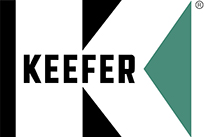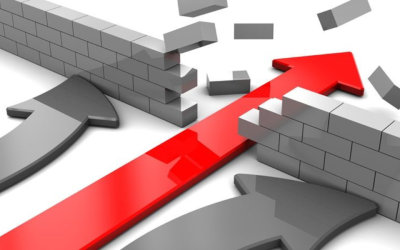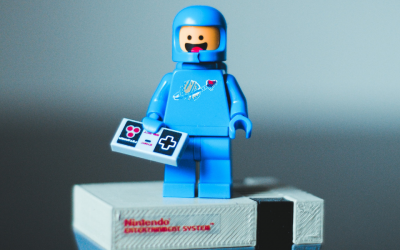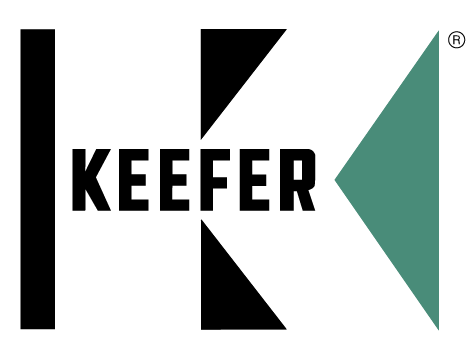“Nothing like popcorn to suck up noxious gases. Although I prefer butter and salt myself.”
– Captain Planet
In Part 2 last week, we explored Vietnam’s trade regulations and relationships, as well as some sourcing and pricing issues your company should consider when making the decision to go with a Vietnam-based manufacturer. Given the importance of corporate responsibility, this installment will highlight potential social and environmental issues you could face, and some steps which can be to taken to “do more good,” and not just “do less bad.”
Excuse Me, I Believe You Have My Stapler.
As we mentioned in Part 1, Vietnam’s government has been providing incentives to investors to establish operations in “especially difficult socio-economic” areas, including rent and tax abatements, as well as duty elimination and deferral of losses. These areas are typically the poorest areas of Vietnam, and, as explained by the Ministry of Industry & Trade during the 2016 Annual Footwear Conference which I attended, the hope is that increased investment in those areas could lead to development of roads, stores, schools, medical clinics, housing, clean water and other needs for these impoverished communes and villages. Ultimately, the goal is for Vietnam to grow and flourish through continued development and prosperity, resulting in happiness for its people.
Companies considering investment in Vietnam, for their part, should likewise embrace this goal through the development and implementation of high labor standards. This includes obvious prohibitions against child and forced labor, but companies should further develop and implement policies to ensure Vietnamese workers are free from discrimination, receive appropriate wages, work in healthy and safe factory environments, and are permitted the opportunity to bargain collectively without undue influence and interference from management.
Policies should also be put in place to ensure opportunities for vocational training, as well as career advancement for Vietnamese laborers. This is especially the case for U.S. companies who contract with third-party manufacturers based in another country which may have prejudices against the Vietnamese laborers, or are perceived as exploiting them. During the Footwear Conference, one LEFASO representative even commented that the education and quality of the Vietnamese labor force was not optimal, no doubt stoking pre-conceived notions of expat managers from other Asian countries, who may be less inclined to view Vietnamese workers as potential supervisors or managers themselves.
U.S. companies investing in Vietnamese production should develop and implement robust strategies to protect and promote Vietnamese workers. These companies should not be afraid to take decisive actions to the extent factory leadership fails to live up to these high standards. In this way, companies will not only “do less bad” by preventing unfortunate things from happening to Vietnamese workers in the workplace, but will further “do more good” by promoting the importance of opportunities for these workers to develop, advance, and flourish in leadership positions of their own. Wishful thinking? Maybe, but brands should be innovating on the corporate responsibility front, not just in making products.
The Sky People Have Sent Us a Message . . .
In addition to these social-based issues, it should go without saying that footwear production can lead to undesirable environmental outcomes, such as air and water pollution through toxic emissions and chemicals used in production. Your company should develop strategies to ensure that your Vietnam-based factory has air pollution control mechanisms, air and water quality monitors, and wastewater treatment facilities all in place, especially if the factory is located in one of the areas of “especially difficult socio-economic conditions,” where surrounding communes and villages could be adversely affected. Your company should also partner closely with the factory to establish an in-house department tasked with day-to-day monitoring and innovation as far as types of chemicals used in production, to the extent chemicals are necessary. Controls and benchmarks should be developed and regularly reviewed to ensure ongoing implementation and long-term success of the program.
There’s also little dispute that Vietnam has a lot of rain, especially from May to October in the northern and southern regions. This provides the opportunity to incorporate rainwater harvesting as part of your strategic factory vetting process. This rainwater can be used for functions such as toilet flushing and irrigation, heating and cooling, and can be further filtered and purified to complement potable water sources . . . all of which results in a significant reduction of net water usage. Factories incorporating wastewater treatment facilities can provide further water recycling and efficiency benefits.
The persistent hot sun in Vietnam likewise provides the opportunity to evaluate factories based on whether they have invested in solar-based energy sources, or still rely on lower cost coal. Aside from the obvious environmental reasons cutting against the use of coal, the low costs may not last as long as originally expected given Vietnam’s growing economy and increasing energy consumption. Coupled with the emergence of China as the global leader in solar power, and the economic partnership between China and the ASEAN region (including Vietnam), the cost-benefit of this renewable energy source should be re-evaluated.
From a compliance standpoint, trade agreements and economic partnership agreements are now even requiring environmental and social standards be met. Be prepared, as many Vietnam-based facilities may not be equipped to meet such requirements, or even interested in doing so. During the Footwear Conference, the same LEFASO representative relayed concerns about meeting European Union trade agreement restrictions on certain chemical substances typically used in manufacturing.
However, this doesn’t mean your company shouldn’t be incorporating such analyses into vetting potential production candidates. Doing so, and then partnering with your selected factory on proactively addressing these issues, can first and foremost positively impact Vietnam’s environment and ultimately its people. From the perspective of your business, you can improve brand connection with consumers by demonstrating that appropriate priorities are in place when making the business decision to manufacture in Vietnam. On the back end, these steps can help minimize reputational, regulatory and business interruption risks you may face.
KEEFER is your ounce of prevention.





















